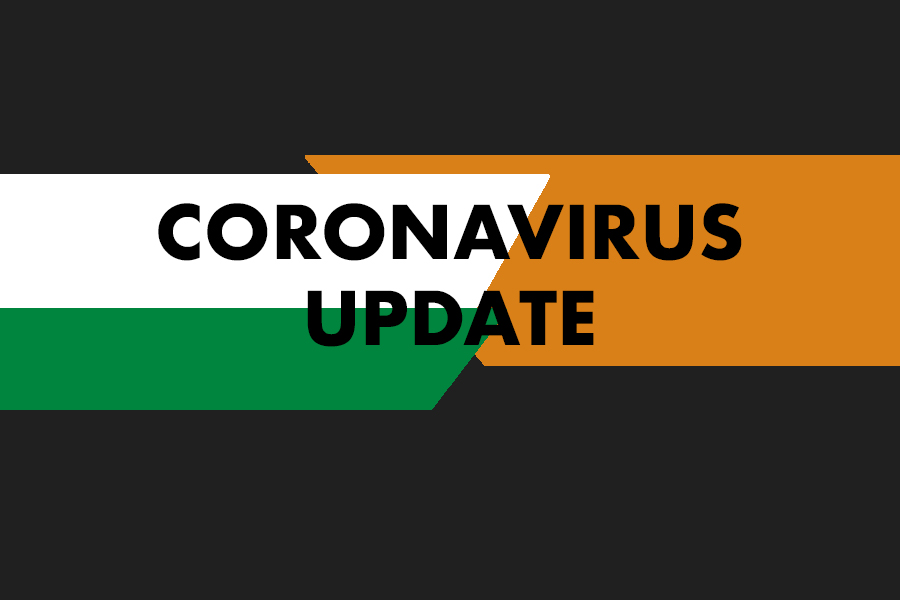Understanding the COVID-19 virus and testing
Research scientist, biology teacher provide insights
COVID-19 has changed the way of life for many, leaving people to wonder how it works and how to act against it. A national expert as well as a member of the science department provided their perspectives.
Dr. James Lyons-Weiler said, “An antibody is a protein that is created by our immune system to be able to recognize foreign proteins (antigens). They are made via recombination of genetic sequences in the V(D)J system in lymphocytes recombination. Their presence can indicate the presence of a pathogen (such as IgM antibodies) or the past exposure, and presume immunity, to a pathogen (such as IgG antibodies).” Lyons-Weiler serves as the CEO and director of the Institute for Pure and Applied Knowledge.
It’s important to test for antibodies during this pandemic because it will tell people whether they have the virus, or if they’d had it and now have immunity.
Human anatomy and physiology teacher Mrs. Sue Mills said, “The COVID-19 test involves placing a long swab up the nose and back to the nasopharynx, which is the back of the throat behind the nose where the virus likes to hang out. The swab is then processed for the RNA of the virus, which is converted to DNA and then basically compared to known DNA sequences of the virus.
Lyons-Weiler said, “To me, COVID-19 is dangerous due to its unique characteristics: a prolonged asymptomatic period of up to 14 days, a prolonged period of infection and transmissibility, and its multi-organ effects. I’ve recently published a study that showed that all of the proteins in COVID-19 that can induce an immune response in humans also contain stretches of amino acid sequences that match human proteins. Thus, people with long infections may have time to develop autoimmunity against a variety of tissues.”
And while the virus has tragically resulted in the deaths of more than 60,000 Americans and markedly changed our way of life, it also has resulted in the opportunity for students to learn about viruses in real time.
Mills said, “The timing of the quarantine was actually perfect in anatomy class. Just as we went home, we learned about the lymphatic system and how our bodies react to illness. We learned all about T cells and B cells and antibodies and how our lymph tissues keep us safe.
“Our next unit was about the respiratory system, so we learned the structure of the lungs and how the virus affects our lung tissue, so it was perfect for anatomy. This will also be great for biology classes when we learn about DNA and RNA and the testing for COVID-19.”
Lyons-Weiler said, “From a historic perspective, and it’s hard to assess, I think that this is on par with the Vietnam War.” The number of Americans who have died from the virus has exceeded the number of Americans who died during that war, which occurred in the 1960s and early 1970s. He went on to say, “My assessment is that COVID- 19 is 10 to 12 more deadly than typical ‘flu’ pandemic.”
Mills said, “The only other thing I can add is that this will all be a memory soon. Stay the course. We are all missing contact with each other, but this will pass, just like the 1918 pandemic and life will go on. Much love to all.”

Ella Bundy is a junior and a reporter for the Megaphone. At Cathedral she is the student leader of the Alliance club and outside of Cathedral she spends...









